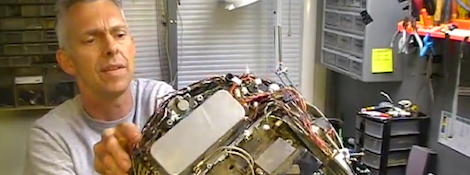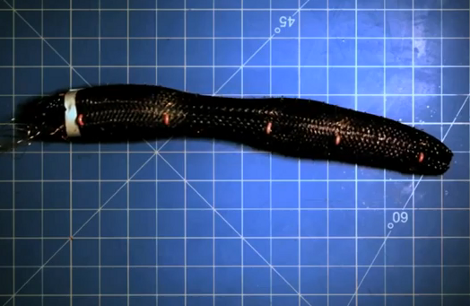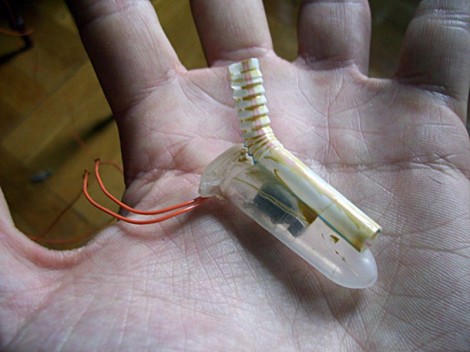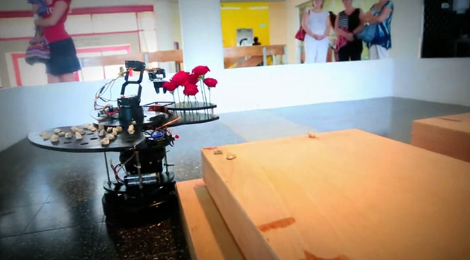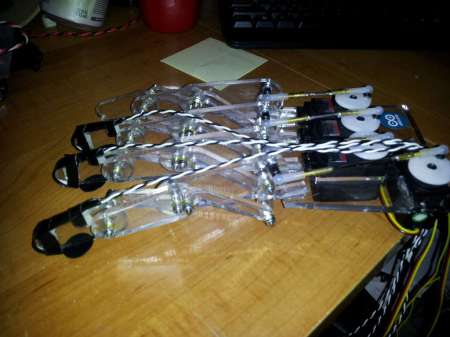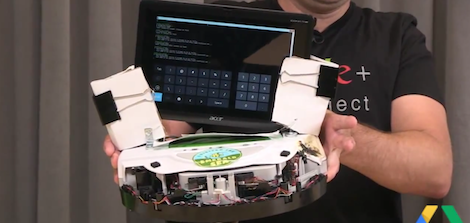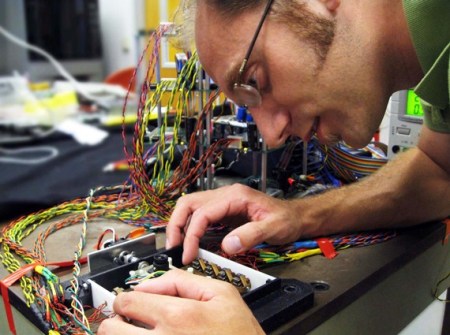In addition to getting a haircut, [Dino] spent his week editing an old video of him tearing down a Roomba 4000. These robots can be picked up for just a few dollars on eBay, making them one of the cheapest bodged up robotics dev platforms available.
After [Dino] goes over how to unscrew the cover and disassemble the Roomba 4000, he goes over the layout of the motherboard and takes a look at the sensors. The wheels on the Roomba are actually very neat pieces of technology with a very cool planetary gear system that is the perfect drive system for your next robot build.
There are a ton of ways to use the electronics in Roombas for a few interesting robotics projects. [Dino] built 2/3rds of a all terrain rocker bogie robot – just like the Curiosity rover – out of a Roomba, and a small two wheeled indoor robot using a Parallax Propeller. If you’re a redditor there’s always the possibility of building a Doomba, but we think [Patrick] has a better idea than a knife strapped to a vacuum cleaner.
As always, [Dino]’s vidia after the break.
Continue reading “Roomba 4000 Teardown Ready For Your Doomba Build”

